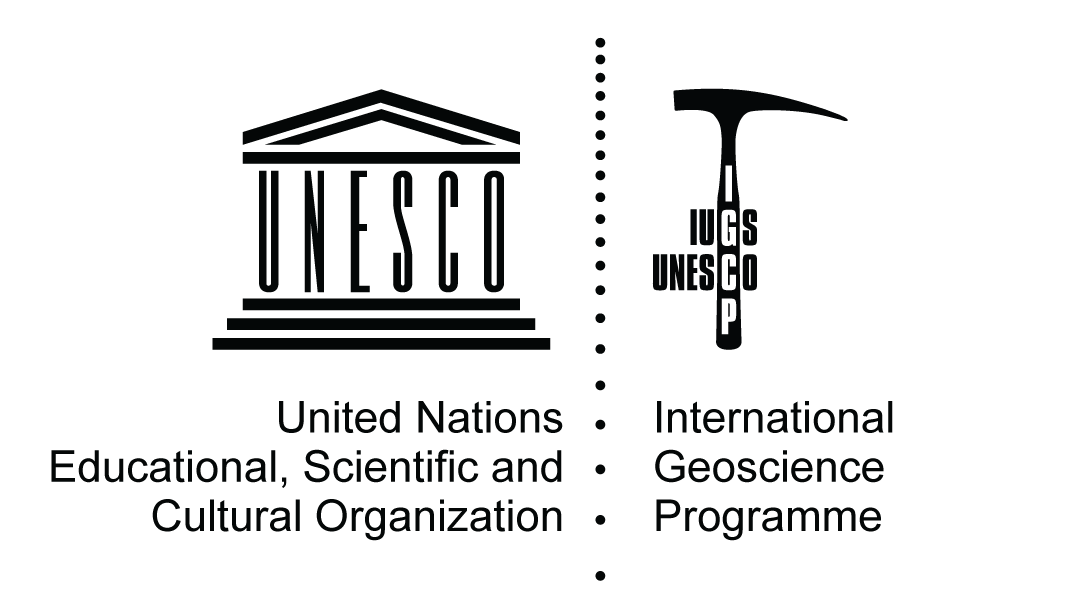Since the year 2000, when the European Network was created, the number of Geoparks has continued to grow. Now, in 2020, there are a total of 161 members from 44 different countries. This shows the need for different societies to get back to work on the planet, deepening and promoting knowledge of geology and rebuilding the links between human beings and the planet’s natural resources. Since 1991, UNESCO has actively collaborated and given constructive support to the long process of the constitution and evolution of the Geoparks. In view of the success and expansion of the Geoparks, UNESCO set up a Working Group of Member States in 2014 to consider transforming the Geoparks initiative into a formal program.
This was reflected on 17th November 2015 with the unanimous approval of the International Geoscience and Geoparks Program The UNESCO Geoparks became the third UNESCO designation after the Biosphere Reserves and the World Heritage Sites, which were created more than 40 years ago, and with which it works in close synergy.
The UNESCO Geoparks are developed under the direct control of UNESCO and with clear rules adopted by the Member States. Geoparks are areas of excellence dedicated to achieving sustainable and lasting development, which is why they have to pass a strict control for their revalidation every 4 years.
The sustainable development of the project is based on the quality of the destination as a whole, the collaboration and involvement of the stakeholders in the territory, the creation of local products and geotourism as a strategic concept.
Sustainable Development Goals adopted by the United Nations
Geoparks, in general, are territories that can act on virtually all of the Sustainable Development Goals (SDGs) adopted by the United Nations in 2015 as a universal call to end poverty, protect the planet and ensure that everyone can enjoy peace and prosperity by 2030. This is a huge objective that requires a great effort but at the same time marks a line on which to move forward.
Obviously, Geoparks can be more efficient and effective in certain sub-objectives that derive from the 17 SDGs (presented below), while in others, direct impact is limited. Even so, Geoparks have a firm commitment to all SDGs and strive to raise their awareness. Starting with the promotion of heritage, the Geoparks are working to implement integrated sustainable development policies.
1
No povertyNo poverty
end poverty in all its forms everywhere.
2
Zero hungerZero hunger
end hunger, achieve food security and improved nutrition and promote sustainable agriculture.
3
Good health and well-beingGood health and well-being
ensure healthy lives and promote well-being for all at all ages.
4
Quality educationQuality education
ensure inclusive and equitable quality education and promote lifelong learning opportunities for all.
5
Gender equalityGender equality
achieve gender equality and empower all women and girls.
6
Clean water and sanitationClean water and sanitation
ensure availability and sustainable management of water and sanitation for all.
7
Affordable and clean energyAffordable and clean energy
ensure access to affordable, reliable, sustainable and modern energy for all.
8
Decent work and economic growthDecent work and economic growth
promote sustained, inclusive and sustainable economic growth, full and productive employment and decent work for all.
9
Industry, innovation and infrastructureIndustry, innovation and infrastructure
build resilient infrastructure, promote inclusive and sustainable industrialisation and foster innovation. 10. Reduce inequalities: reduce inequality within and among countries.
10
Reduce inequalitiesReduce inequalities
reduce inequality within and among countries.
11
Sustainable cities and communitiesSustainable cities and communities
make cities and human settlements inclusive, safe, resilient and sustainable.
12
Responsible consumption and productionResponsible consumption and production
ensure sustainable consumption and production patterns.
13
Climate actionClimate action
take urgent action to combat climate change and its impacts.
14
Life below waterLife below water
conserve and sustainably use the oceans, seas and marine resources for sustainable development.
15
Life on landLife on land
protect, restore and promote sustainable use of terrestrial ecosystems, sustainably manage forests, combat desertification, and halt and reverse land degradation and halt biodiversity loss.
16
Peace, justice and strong institutionsPeace, justice and strong institutions
protect, restore and promote sustainable use of terrestrial ecosystems, sustainably manage forests, combat desertification, and halt and reverse land degradation and halt biodiversity loss.
17
Partnership for the goalsPartnership for the goals
strengthen the means of implementation and revitalize the global partnership for sustainable development.
The following links provide information about the SDGs and the actions that can be carried out by the Geoparks in relation to each of them.
The 10 main areas of interest of the UNESCO Global Geoparks
On a global scale,Geoparks are working on many fronts affecting their territories in orderto contribute to their knowledge, promotion and mitigation, and the establishment of good practices, etc. The main topics are: natural resources, geological risks, climate change, education, science, culture, women, sustainable development, local and indigenous knowledge and geoconservation.
Photo below and cover photo: cim del Collbaix. | Gerard Franquesa
Cover photo: cim del Collbaix. | Gerard Franquesa



